Now here’s a bit of an oddity in the context of this collection. First, it’s a literary adaptation. And not only that, it’s an adaptation of HP Lovecraft – an author who has inspired countless writers and filmmakers, often to not so impressive results. Also, this is a foreign production, having been filmed in Italy and starring Italian actors speaking English (or, alternatively, speaking Italian and dubbed). It also looks to have been planned extensively, without any of the rushed feel of most of the shot-on-DV films I've encountered so far. Director Ivan Zuccon obviously has a strong idea of what he wants out of this film, and I respect his ambition and his obvious directorial talent.
That said, Lovecraft is notoriously difficult to put on film, since his stories inevitably rely on the imagination of the reader in a way that – when given form – tend to make them less powerful. There are successful adaptations out there, but they tend to either stray from the source material (Stuart Gordon’s Re-Animator), or use the works as a jumping off point (like John Carpenter’s In The Mouth of Madness). To that extent, Zuccon has made an interesting choice to weave two other of Lovecraft’s tales into his translation of The Shunned House: The Music of Erich Zann and Dreams in the Witch-House, while still jettisoning many of the plot details in exchange for attempting to capture the mood of the author’s works. To his credit, this isn’t a tired anthology film, but rather an attempt to weave the three tales together, and this incorporation is generally done quite well.
The surrounding story involves Alex, a writer, and his girlfriend Rita as they return to an abandoned hotel which has been the location of a number of unexplained incidents (including murders) over a period of centuries. The two start to explore, but soon begin having unexplained visions, with Alex discovering Rita speaking French in her sleep. Their research focuses strongly upon two cases, the first involving a young mathematician named Luigi who keeps waking up in the oddest places, much to the amusement of the hotel's staff - and the attraction of the housekeeper Nora. Her feelings change, however, when he vanishes one night, only to return covered in blood. She later discovers that a child in the town had been butchered that same night, and Luigi is suspected. Nora attempts to help discover Luigi's secret, while Luigi becomes obsessed with the house's odd geometry, which may be the key to his odd dreams.
The second case involves another young man, this time a writer, who grows obsessed with the strange and alluring violin music coming from the next room. He's surprised to discover that it's coming from his mute neighbor Carlotta Zann, who plays for him but refuses to recite the odd arrangement that has captivated his attention. It also seems as if when that song is played, she finds her window flying open strangely. The three tales interweave until Alex and Rita find themselves walking amongst the hotel's history, and come face to face with its dark secrets.
The most satisfying part of this amalgamation of tales is just how tightly all three weave together, and how slick some of the transitions are. Zuccon has obvious directorial chops, and the actual location provides the dark corners and creepy atmosphere that you want in a haunted house tale (which is essentially what this is). This slickness is rare for a shot-on-DV production, as is the obvious effort that has gone into things like lighting and sound. This was obviously a production that was taken seriously, and with some measure of ambition, and for the most part it looks and sounds great.
Unfortunately, the actual story being told ranges from uninteresting to totally confusing, with only some memorably macabre images saving a plot that never appropriately builds, and ends with a fizzle. While Zuccon (and co-writer Enrico Saletti) were smart to incorporate a number of different stories - though they've been greatly altered from their original form - none provide much interest or thrills, and the interactions between characters often feels very theatrical and stagy instead of organic. While a repeated shot of a woman, spattered with blood, banging her head repeatedly against a wall is memorably chilling, it just further proves that Zuccon's efforts would have better served an original tale.
It's a little hard to judge the quality of the acting, as much of the dialogue feels stilted and unnatural because of the language barrier. Federica Quaglieri as Rita suffers the most from this, as quite a number of her lines are barely intelligible, though she does make up for it by displaying ridiculous amounts of cleavage. It's all rather distracting at first, though does serve - unintentionally - to increase the Lynchian otherworldliness of the whole affair.
While much of the supposed scares are based on tension and mood, there are flashes of some surprising violence, and it's very well done. While the amateurish nature of many of the productions in the Bloody Nightmares collection requires the on-screen violence to be rather cartoonish and jokey, here the violence is played very seriously, which makes them significantly more effective.
The increased focus on production really allows The Shunned House to rise above many of the similar low-budget efforts in the Bloody Nightmares collection. It's presented in its original 1.66 : 1, and though there were a couple of digital glitches, it's all very watchable considering how much of it takes place in low light situations. The sound is perfectly adequate, with the language issues having more to do with the strong accents of the actors, and the music (by AcidVacuum) quite impressive under the circumstances - particularly the violin work in The Music of Erich Zann segment.
Yep, you guessed it. No special features or extras of any kind.
While quite different than most of the films in this box set, The Shunned House proves to be a disappointment despite obvious talent behind the scenes. While it attempts to evoke the dreamlike terror of the works of Italian maestros like Dario Argento and Lucio Fulci, it fails to adequately hit the big moments and suffers from pacing issues. With better material - and the ability to shoot on film - I wager Ivan Zucco could really impress, but here he becomes another in a long line of those unable to bring Lovecraft to life.

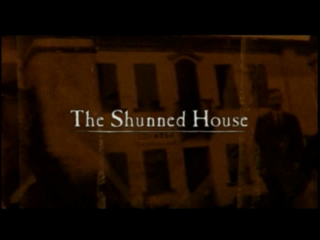
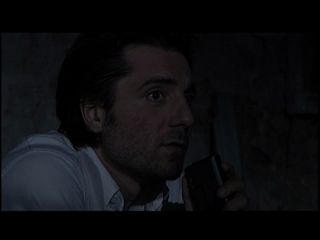

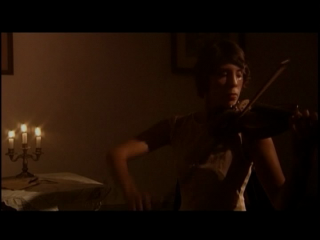
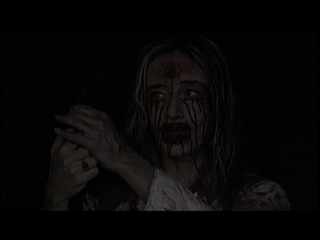
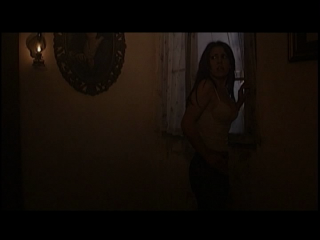









2 comments:
Screenshots certainly look promising. Too bad it didn't live up to them.
In terms style and general quality of visuals, it really is well above average - particularly compared to the film's on these discs. He did a better job aping the visual style of Italian horror classics than, say, The Dead Hate the Living. It's just that while the three plots envelop really well, they never quite gel or peak. There are a few creepy moments, which most shot-on-DV films can't aspire to, but in the end it's just not that interesting.
Post a Comment